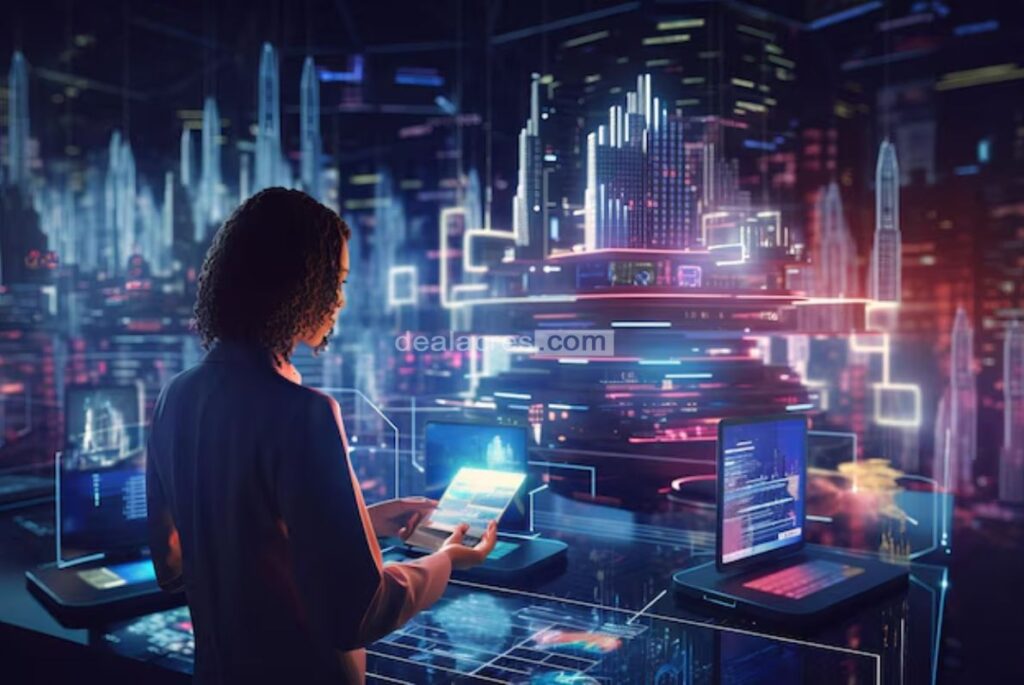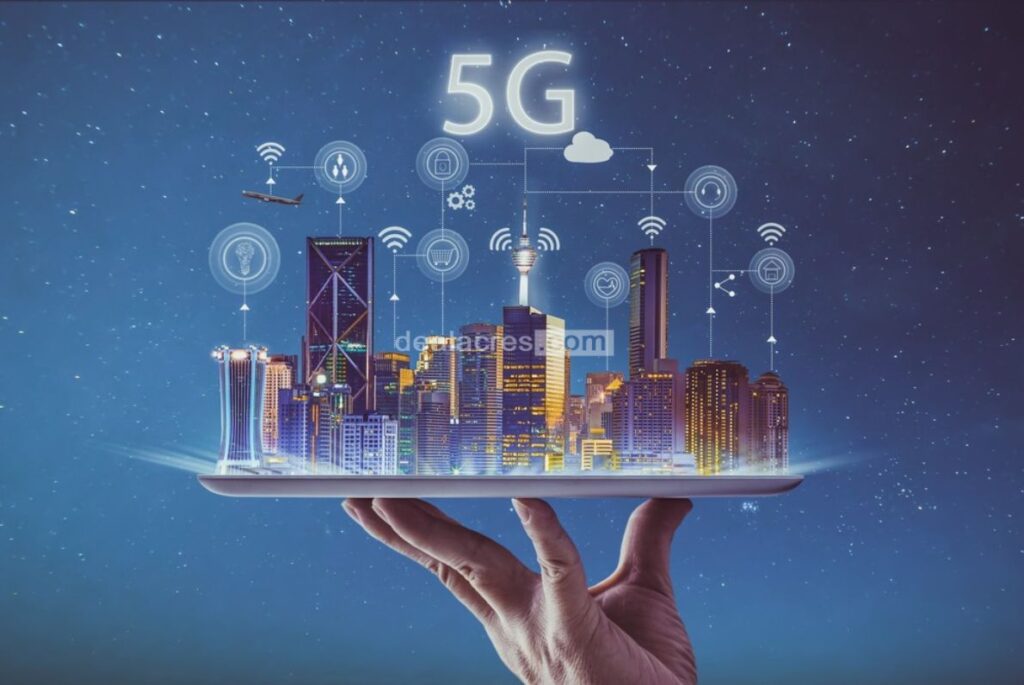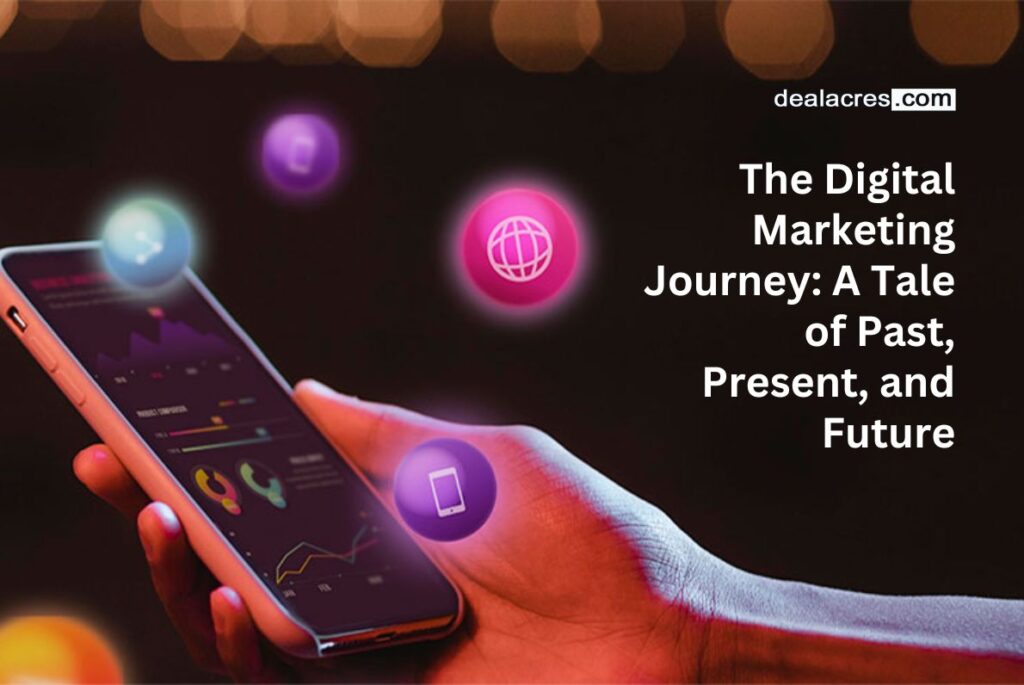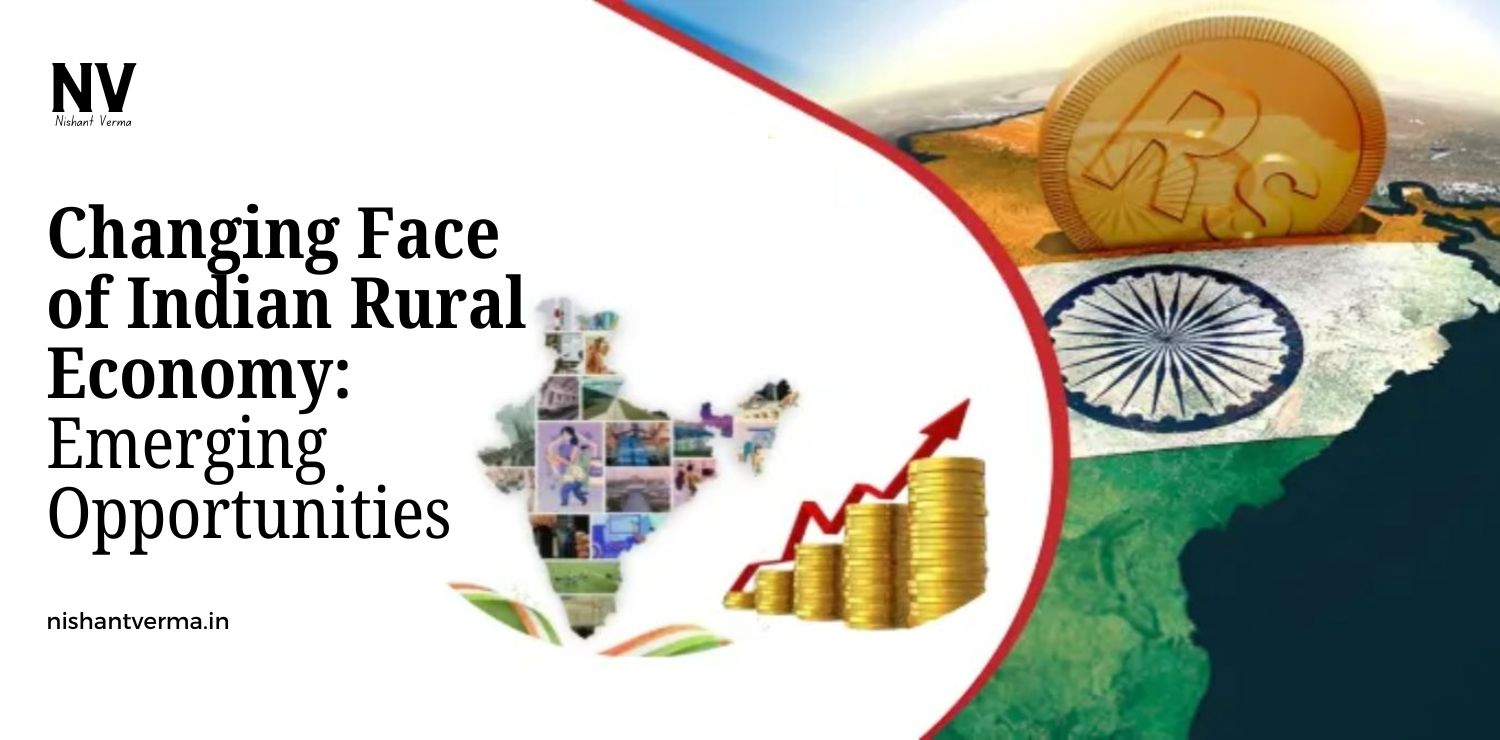Introduction:
Once upon a time, marketing was simpler—ads in newspapers, posters on walls, and the occasional jingle on the radio. But then came the digital revolution, reshaping how businesses connect with their audience. In this article, we’ll embark on a journey through the evolution of digital marketing, exploring its past, understanding its present, and catching glimpses of its exciting future—all in easy and simple language.

Part 1: The Digital Dawn – Past (1990s-2000s)
The Internet’s Humble Beginnings:
In the 1990s, the internet was a newborn, and digital marketing was finding its feet. Banner ads were the pioneers, gracing websites with colorful rectangles that begged for clicks. It was an era of experimentation, where marketers were just starting to realize the potential of this vast, uncharted digital landscape.
Email Marketing Emerges:
Email marketing stepped into the spotlight, delivering messages directly to inboxes. It was the era of “You’ve Got Mail,” where businesses discovered a more direct and personal way to reach their audience. However, spam soon followed, challenging the sincerity of this newfound connection.
The Rise of Search Engines:
As the internet grew, finding information became a quest. Search engines like Yahoo! and AltaVista were the digital trail guides. Marketers quickly understood the power of appearing at the top of search results, paving the way for the era of Search Engine Optimization (SEO) and paid advertising.
Social Media Pioneers:
In the early 2000s, social media emerged as a virtual hangout. Platforms like Friendster and MySpace laid the groundwork for the behemoths that followed. Marketers took notice, realizing the potential to connect with audiences in a more interactive and personal way.
Part 2: Riding the Digital Wave – Present (2010s-2020s)
The Reign of Social Media Giants:
Facebook, Twitter, Instagram, and LinkedIn became household names. Marketers flocked to these platforms, capitalizing on the ability to engage with audiences, run targeted ads, and build communities. The ‘Like’ button became a symbol of digital approval, and viral content took center stage.
Content is King:
The mantra “Content is King” echoed across the digital realm. Businesses realized that creating valuable, relevant content not only attracted audiences but also boosted SEO. Blogging, videos, and infographics became staple ingredients in the digital marketing recipe.
Mobile Optimization:
The world went mobile, and marketers had to keep up. Smartphones became our constant companions, and mobile optimization became non-negotiable. Responsive websites, mobile-friendly ads, and apps became essential tools for reaching audiences on the go.
Video Dominance:
Videos stole the show. Platforms like YouTube became the go-to for entertainment and education. Marketers embraced the power of video content, from short, snappy clips to in-depth webinars. Live streaming added a new layer of immediacy and authenticity.
Rise of Influencer Marketing:
Everyday people became online celebrities, and influencer marketing took off. Brands realized that partnering with influencers could tap into existing communities, lending credibility and authenticity to their messages.
Data and Personalization:
The era of big data arrived. Marketers had access to an abundance of data, allowing for hyper-targeted campaigns. Personalization became the norm, with tailored recommendations, customized emails, and targeted ads that seemed to understand your every click.

Part 3: The Digital Horizon – Future (2020s Onward)
AI and Machine Learning Integration:
As we step into the future, artificial intelligence (AI) and machine learning are poised to revolutionize digital marketing. Smart algorithms analyze vast datasets, predict consumer behavior, and automate processes. Chatbots offer instant customer support, and personalized recommendations become eerily accurate.
Voice Search and Smart Devices:
“Hey, Siri” and “OK, Google” became everyday phrases. Voice search and smart devices are reshaping how people seek information. Marketers need to optimize for voice queries and consider the implications of a screen-less interaction.
Augmented and Virtual Reality Experiences:
Augmented reality (AR) and virtual reality (VR) are not just for gamers. Brands are exploring ways to offer immersive experiences. Imagine trying on clothes virtually before making an online purchase or touring a house from your living room.
Blockchain for Trust and Transparency:
Blockchain technology is making waves in the digital marketing landscape. It offers transparency and security, addressing concerns about data privacy and ad fraud. Smart contracts could reshape how advertisers and publishers interact.
Interactive and Immersive Content:
Static content is making way for interactive and immersive experiences. Users crave engagement, and marketers are responding with interactive videos, quizzes, and augmented reality features. The goal is to create memorable experiences that go beyond passive consumption.
Sustainability and Social Responsibility:
In the future, consumers will prioritize brands that align with their values. Sustainability and social responsibility will play a crucial role in shaping brand perception. Marketing efforts will need to reflect genuine commitments to environmental and social causes.

5G Revolution:
The rollout of 5G technology will transform the digital landscape. Faster internet speeds will enable seamless streaming, enhance AR/VR experiences, and open new possibilities for real-time interactions. Marketers must be prepared to leverage the capabilities of this next-gen connectivity.
Conclusion:
The journey of digital marketing is a tale of adaptation, innovation, and staying ahead of the curve. From the early days of banner ads to the future of AI and immersive experiences, the digital landscape continues to evolve at a rapid pace.
As we look back at the past, navigate the present, and glimpse into the future, one thing is certain: the digital marketing story is far from over. It’s a dynamic narrative where creativity, technology, and consumer behavior intertwine. So, whether you’re a seasoned marketer or just setting sail in the digital sea, embrace the ever-changing currents, for the digital horizon holds endless possibilities. As the next chapters unfold, may your digital strategies be as agile as the technology that shapes them, and may your brand story resonate across the vast expanse of the digital realm.




